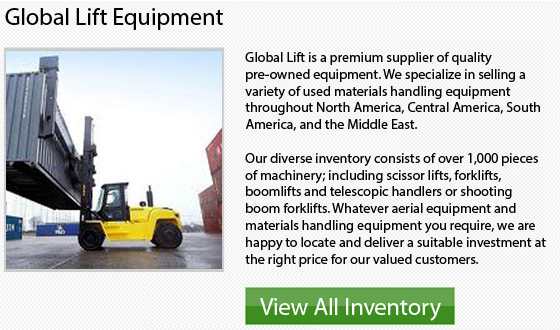
Tower Cranes Grow to New Heights
Within the tower crane business, the 1950s featured many important milestones in tower crane development and design. There were a variety of manufacturers were beginning to produce more bottom slewing cranes that had telescoping mast. These equipments dominated the construction industry for office and apartment block construction. Many of the leading tower crane manufacturers didn't use cantilever jib designs. Instead, they made the switch to luffing jibs and in time, utilizing luffing jibs became the standard practice.
Manufacturers based in Europe were also heavily important in the design and development of tower cranes. Construction locations on the continent were normally constricted places. Relying upon rail systems to transport a large number of tower cranes, ended up being too expensive and inconvenient. A number of manufacturers were providing saddle jib cranes which had hook heights of 80 meters or 262 feet. These cranes were equipped with self-climbing mechanisms that allowed parts of mast to be inserted into the crane so that it can grow along with the structures it was building upwards.
These particular cranes have long jibs and could cover a larger work area. All of these developments precipitated the practice of erecting and anchoring cranes in the lift shaft of a building. Then, this is the technique that became the industry standard.
From the 1960s, the main focus on tower crane development and design started to cover a higher load moment, covering a larger job radius, faster erection strategies, climbing mechanisms and technology, and new control systems. Additionally, focus was spent on faster erection strategies with the most essential developments being made in the drive technology department, among other things.